Shade tree with small yellow flowers in north Texas
bostedo: 8a tx-bp-dfw
9 years ago
Related Stories
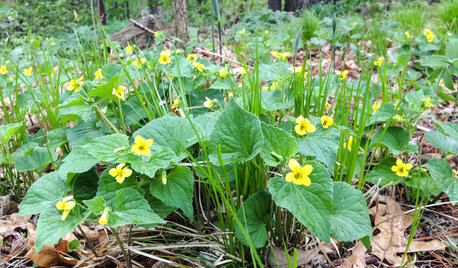
GARDENING GUIDESGreat Design Plant: Viola Pubescens Dots Woodlands With Yellow
Plant downy yellow violet in eastern U.S. woodland gardens for its heart-shaped leaves and bright yellow flowers
Full Story
LANDSCAPE DESIGNGreat Design Plant: Retreat to the Shade of Hardy Catalpa
Big foliage and a towering height provide a shady respite in summer, but that's not all hardy catalpa offers dedicated gardeners
Full Story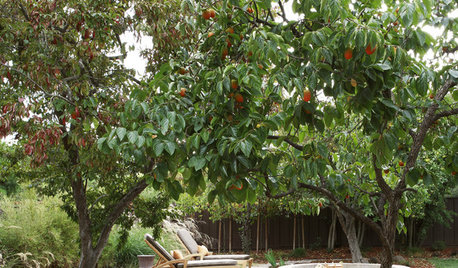
SOUTHWEST GARDENINGTexas Gardener's December Checklist
Northern neighbors may be hibernating, but in the South it's time to lavish care on fruit trees, flower seeds and bulbs
Full Story
LANDSCAPE DESIGN7 Great Trees for Summer Shade and Fall Color
These landscape-pro faves straddle the seasons beautifully. Could one enhance your own yard?
Full Story
GARDENING GUIDES5 Best-Behaved Trees to Grace a Patio
Big enough for shade but small enough for easy care, these amiable trees mind their manners in a modest outdoor space
Full Story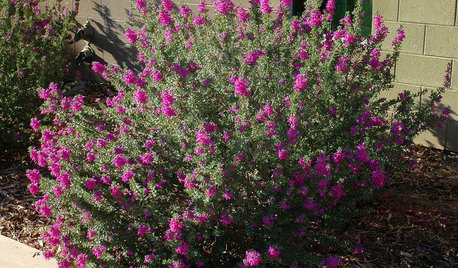
GARDENING GUIDESGreat Design Plant: Texas Ranger Explodes With Color
If purple is your passion, embrace Leucophyllum frutescens for its profusion of blooms and consider the unfussiness a bonus
Full Story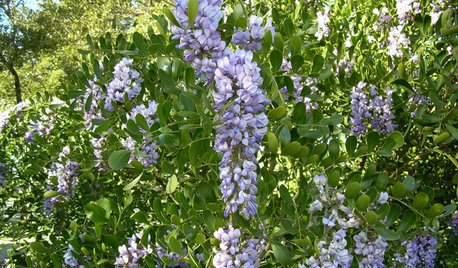
GARDENING GUIDESGreat Design Plant: Texas Mountain Laurel
An unusual scent and lush violet-blue blooms make this heat-loving plant a singular choice for your landscape
Full Story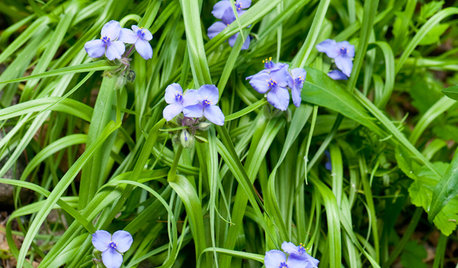
GARDENING GUIDESGreat Design Plant: Tradescantia Ohiensis Adds Shades of Blue
This reliable, adaptable U.S. native provides spider-like foliage and clusters of blue to purple flowers in Eastern gardens each spring
Full Story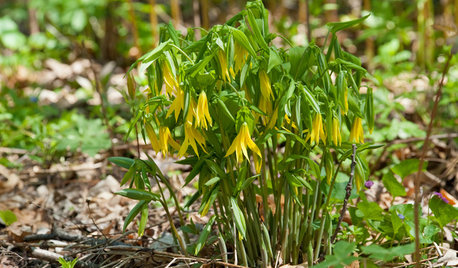
GARDENING GUIDESGreat Design Plant: Uvularia Grandiflora Thrives in Shade Gardens
Plant largeflower bellwort in eastern U.S. woodland gardens for its nodding, twisted yellow flowers in spring
Full Story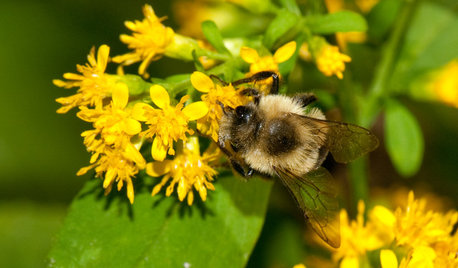
GARDENING GUIDESGreat Design Plant: Solidago Flexicaulis Colors the Fall Shade Garden
Plant zigzag goldenrod in eastern U.S. gardens for its bright yellow flowers and tolerance of a broad range of conditions
Full StoryMore Discussions






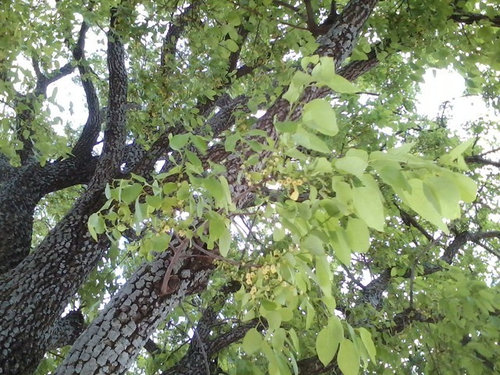
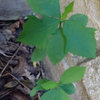
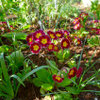


nel5397
Olychick
Related Professionals
Quincy Landscape Architects & Landscape Designers · Tomball Landscape Architects & Landscape Designers · Wixom Landscape Architects & Landscape Designers · Brookside Landscape Contractors · Cary Landscape Contractors · Cicero Landscape Contractors · Doctor Phillips Landscape Contractors · Gainesville Landscape Contractors · Harrisburg Landscape Contractors · La Mirada Landscape Contractors · Northbridge Landscape Contractors · Seymour Landscape Contractors · View Park-Windsor Hills Landscape Contractors · Eastlake Landscape Contractors · Casselberry Landscape Contractorsbostedo: 8a tx-bp-dfwOriginal Author
Olychick
olreader
bostedo: 8a tx-bp-dfwOriginal Author
Olychick
bostedo: 8a tx-bp-dfwOriginal Author
floral_uk z.8/9 SW UK
bostedo: 8a tx-bp-dfwOriginal Author
floral_uk z.8/9 SW UK
bostedo: 8a tx-bp-dfwOriginal Author